How to Develop a Strategy for Your Enterprise Content Management
Why a Strategic ECM Really Matters?
Every enterprise knows the frustration: countless PDFs, videos, decks, and documents scattered across disconnected systems.
Content lives in silos. Teams struggle to find what they need. And when they do, they can’t always tell if it’s the latest version—or who has access to it.
This chaos doesn’t just slow people down—it creates real business risk. Compliance gaps, productivity drag, and governance blind spots are the natural outcomes of a poorly managed content ecosystem.
This guide is here to change that.
You're not just getting surface-level best practices. You're getting a strategic blueprint for enterprise content management—grounded in real-world use cases and enriched with capabilities that matter, from automated classification to content transformation.
And we’ll also show you how platforms built with this mindset—like Paperflite—help bring that strategy to life.
What Is a Modern ECM Strategy?
A modern ECM strategy isn’t just about where your files live.
It’s about how content flows across your organization—securely, intelligently, and in sync with your operations.
At its core, ECM spans the entire content lifecycle:
- Capture from multiple sources
- Organize into centralized repositories
- Index with full-text and metadata tagging
- Manage access, updates, and archival
But today, ECM must go further. It must support collaboration, automate governance, integrate across tools, and scale effortlessly.
Done right, your ECM becomes more than a document management tool—it becomes the operating system for enterprise content.
ECM Capabilities Checklist
If you’re evaluating or rethinking your ECM approach, these capabilities are non-negotiable:
- Flexible authoring via familiar desktop tools
- Support for PDFs, Office docs, images, and videos
- Granular access controls and permissions
- Full-text and metadata indexing for robust search
- Automated content classification at scale
- Audit trails and engagement tracking
- Version control with check-in/check-out
- Integrated security and governance frameworks
- APIs and open interfaces for seamless integration
- Content transformation (e.g., PDF to responsive web formats)
- Scalability and high availability for enterprise-grade performance
Blueprint Phase — Aligning ECM to Business Goals
No ECM strategy succeeds in isolation. It must be built with business alignment at its core—connecting executive priorities with operational execution.
Start with executive sponsorship. Without buy-in from leadership—CIOs, legal heads, compliance leads—ECM initiatives risk becoming siloed IT projects.
When ECM is framed as a strategic asset that impacts security, productivity, and governance, it earns the attention (and funding) it deserves.
An ECM strategy is only as strong as its foundation—and that starts with knowing what content you have, where it lives, and how it's used.
A structured content audit will surface the redundancies, risks, and opportunities hidden across your ecosystem.
Here's how to execute it:
Map All Repositories
List every location where content is stored—cloud drives, on-premise servers, email attachments, shared folders, CRM systems, and legacy tools.
Inventory Content Types
Categorize assets by format: PDFs, PowerPoint decks, Excel sheets, images, videos, scanned documents, etc.
This helps identify what needs migration, transformation, or archiving.
Classify by Function and Owner
Tag content based on business function (e.g., marketing, legal, finance) and assign ownership.
Knowing who “owns” each piece is critical for governance and updates.
Assess Redundancy and Duplicates
Identify duplicate content across silos. Determine which versions are most recent and what can be consolidated or deleted.
Evaluate Access Patterns
Who’s accessing the content? How frequently? Which teams use which assets, and which files are outdated or never touched?
Document Permissions and Risks
Highlight any gaps or inconsistencies in access control. Are confidential files widely accessible?
Is sensitive content lacking encryption or version control?
Flag Compliance-Sensitive Assets
Note any regulated documents that require retention policies, audit trails, or encryption (e.g., contracts, financial data, customer communications).
As you design this blueprint, you need a platform that acts as the central hub—one that supports metadata tagging, classification logic, and permission controls by design.
Look for a system that lets you define rules once and apply them across all content types and channels, automatically.
This phase isn’t about tech implementation—it’s about defining how content should flow and behave in your business.
With the right alignment in place, ECM becomes not just an IT tool—but a strategic engine for transformation.
Build Phase — Rolling Out Your ECM Roadmap
With the blueprint laid out, it’s time to operationalize your ECM strategy.
This phase is where plans meet execution technology gets implemented, content is migrated, permissions are enforced, and collaboration is redefined.
1. Information Architecture & Taxonomy Design
Start by organizing your content. This means creating a folder structure that reflects how your teams work and tagging content with meaningful metadata.
Best Practice: Design taxonomies that reflect your business vocabulary—terms that align with product lines, teams, or compliance categories.
Paperflite Edge: Paperflite enables structured organization via Streams and Groups, giving your admins control over how content is categorized, grouped, and made accessible at scale.
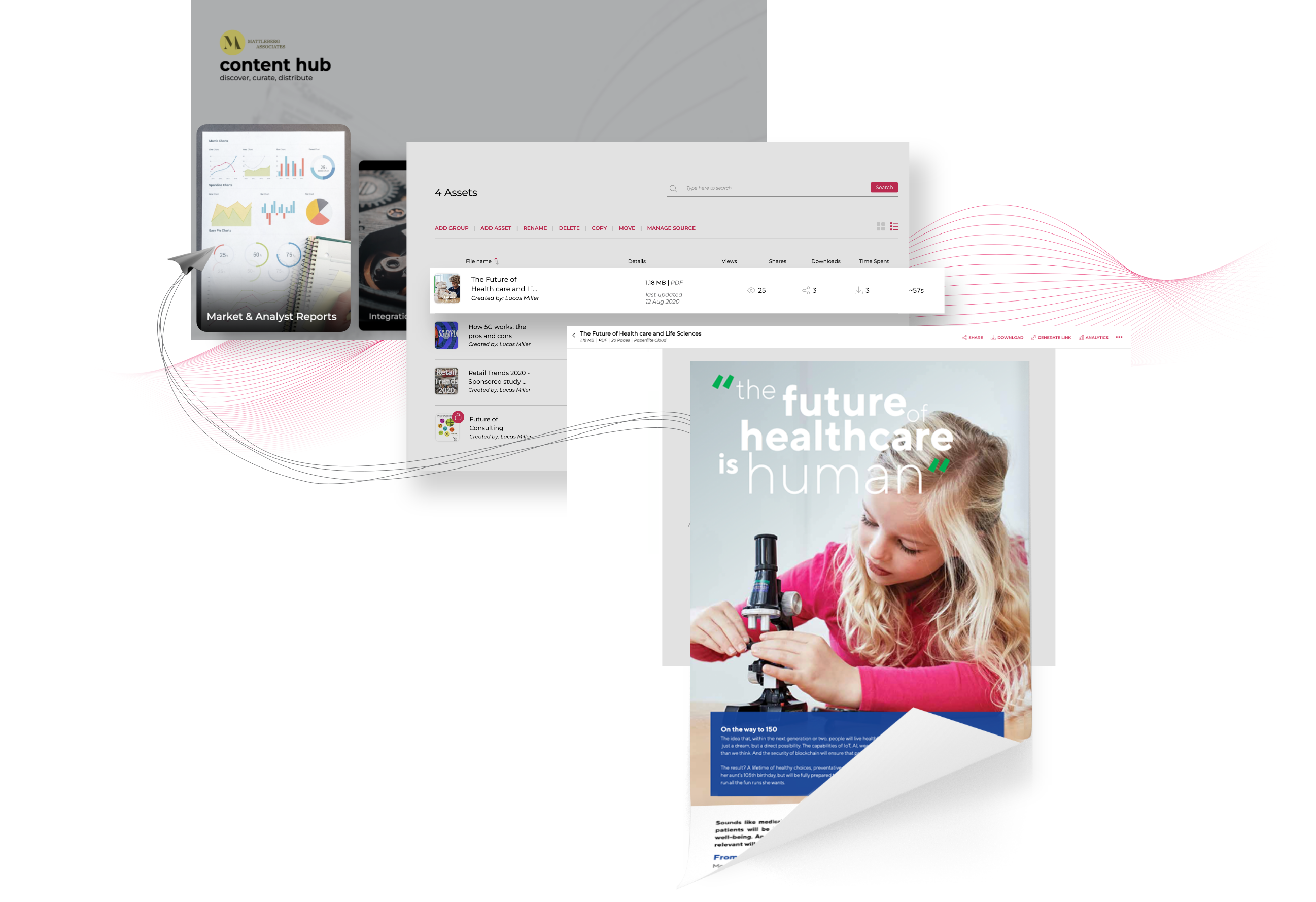
2. Platform Setup & Content Migration
Migration isn’t just about moving files—it’s about improving hygiene and structure.
- Clean redundant or outdated content.
- Map source repositories to new structures.
- Retain critical metadata, version history, and permission mappings.
- Paperflite Edge: Paperflite allows seamless import from shared drives, CRMs, and local systems, supporting bulk uploads, and version-aware updates. The Check-in/Check-out functionality ensures version control, while automated audit trails log every change.
3. Permissions & Security Configuration
An ECM strategy without robust access controls is a liability.
- Define roles (e.g., editor, viewer, admin).
- Apply granular permission layers (per file, group, or stream).
- Implement audit tracking to trace every access or modification.
- Paperflite Edge: Role-based access, OTP protection, content expiry dates, and download restrictions ensure secure and compliant access management. Every interaction is logged for full transparency.

4. Search & Classification
Unsearchable content is unusable content.
Enable both structured (tag-based) and unstructured (full-text) search.
- Automated classification uses rules or AI to tag incoming content.
- Full-text indexing allows discovery by keywords inside documents.
- Paperflite Edge: With Seek AI, Paperflite goes beyond traditional search—it interprets intent and serves up answers from across your content hub. It indexes both metadata and full body text for pinpoint accuracy.
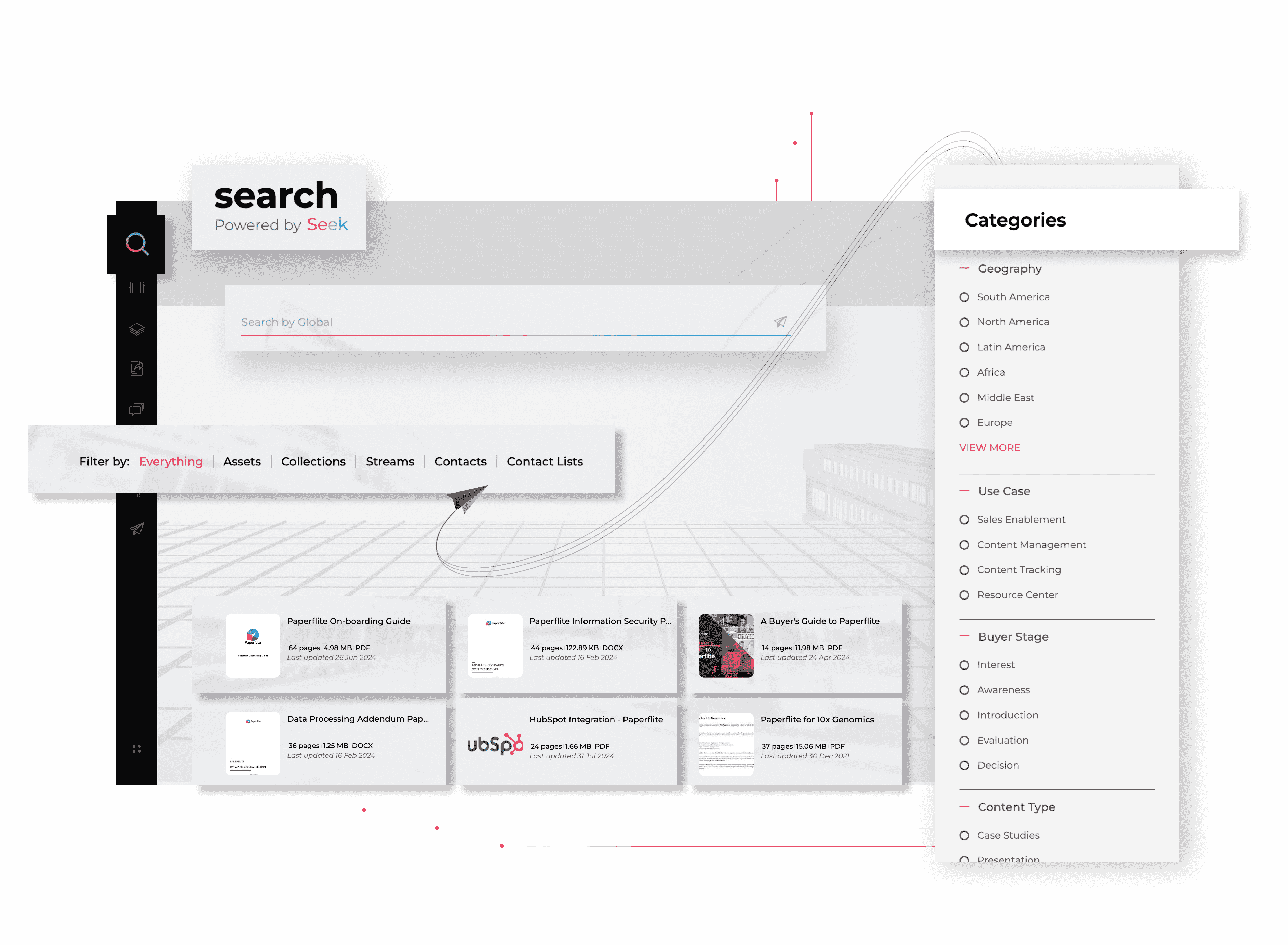
5. Workflows & Collaboration
Efficient workflows drive content velocity. Collaborate across functions with real-time visibility.
- Use check-in/out to prevent overwrites.
- Introduce approval steps or shared workspaces.
- Enable live feedback on content.
- Paperflite Edge: Collections act as branded, organized microsites for sharing curated content bundles. Live Collections enable ongoing collaboration, while Deal Rooms serve as secure hubs for multi-party content exchange.
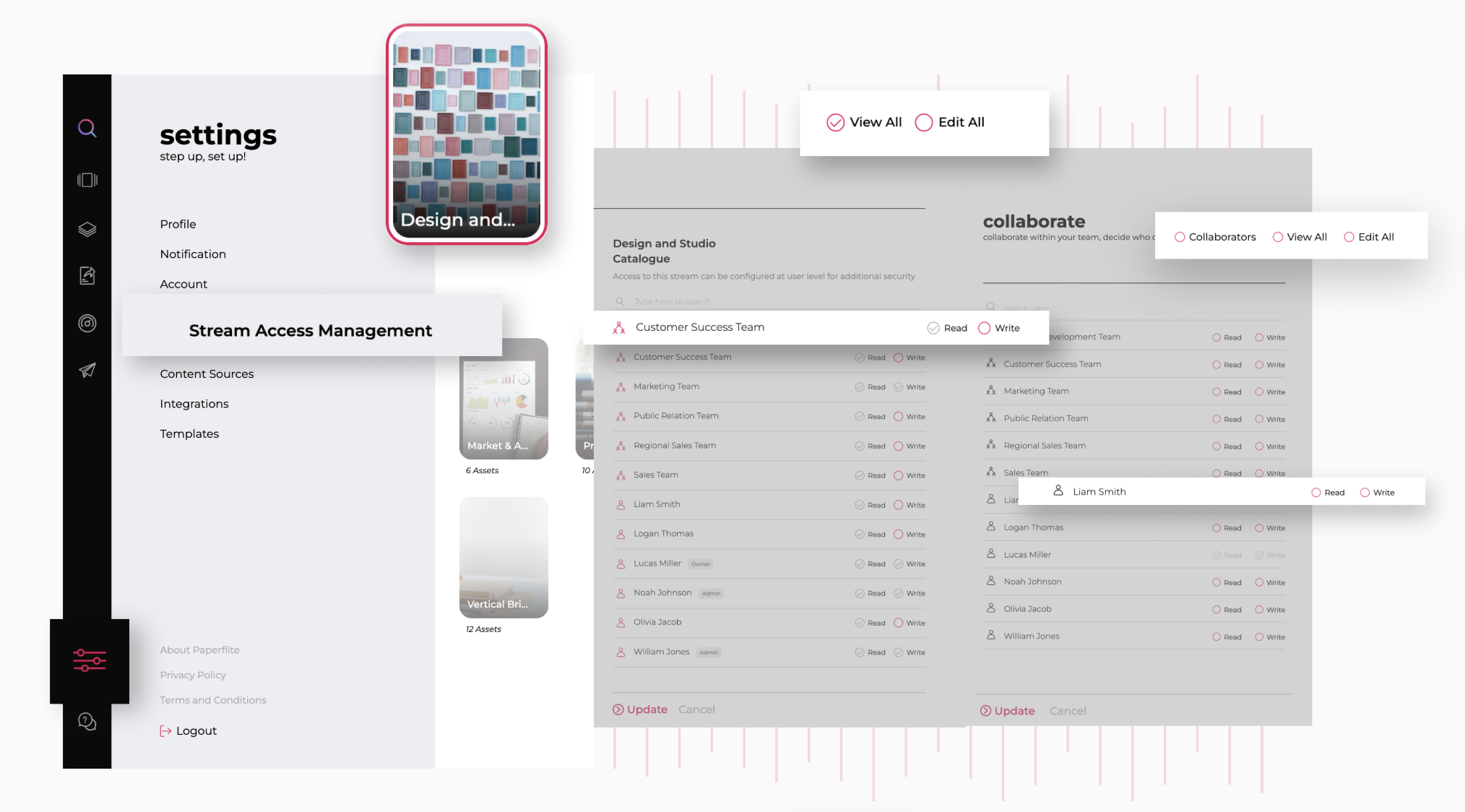
6. Integration & APIs
No ECM platform should live in isolation.
- Integrate with CRM, marketing automation, knowledge bases, or HR systems.
- Use APIs to push/pull content, trigger workflows, and feed analytics systems.
- Paperflite Edge: Offers REST APIs for seamless system integration. Connect with tools like Salesforce, Outlook, Gmail, and even SharePoint to unify your tech stack.
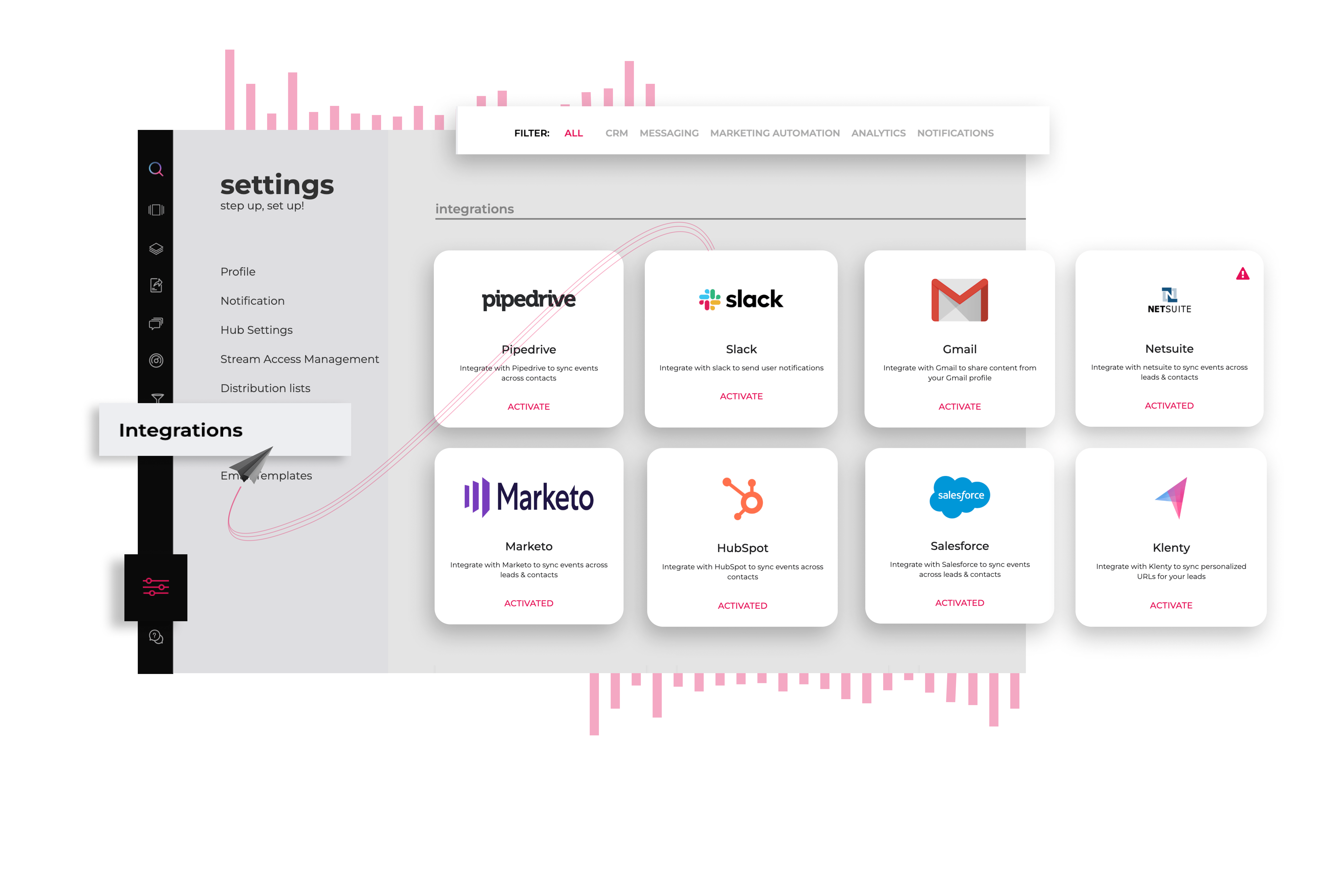
7. Content Transformation & Scalability
Your content should look great on mobile, be easy to consume, and adapt across formats.
- Convert PDFs to web experiences.
- Use content viewers tailored to media type.
- Ensure uptime, speed, and accessibility across regions.
- Paperflite Edge: Content shared via Paperflite is delivered in immersive, gallery, or list formats based on context. Paperflite also ensures fast load times, high availability, and device-friendly rendering globally.
Optimize Phase — Governance, Adoption & Continuous Improvement
Once your ECM system is deployed, the real work begins. Optimization isn’t a one-time event—it’s a continuous process that ensures the platform evolves with your organization’s needs, compliance mandates, and scale.
1. Lead Change Management from the Front
Rollout success hinges on user adoption.
Start by creating role-specific onboarding and training plans—especially for heavy users like content creators, compliance leads, and IT admins. Integrate ECM workflows into existing systems, reducing the learning curve and resistance.
Communicate the “why”—faster access, audit safety, and smarter decision-making.
2. Track Adoption & Usage Metrics
To refine adoption and performance, monitor the following KPIs:
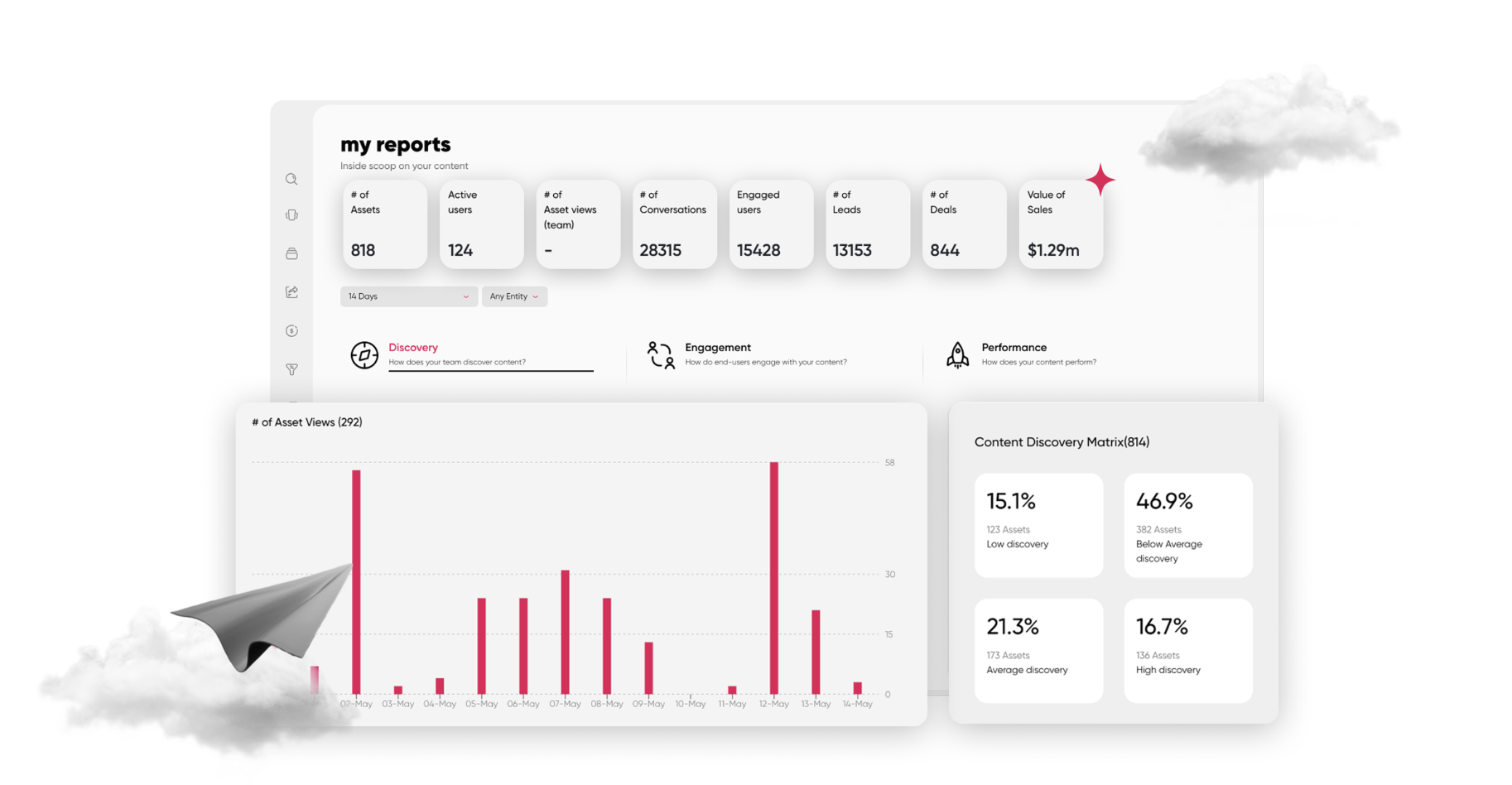
- Usage rates across departments and roles
- Search success rates and time to find
- Check-in/check-out activity for version management
- Time spent per asset and share frequency
- These insights help tune content discoverability, improve permissions, and eliminate friction points.
3. Enforce Governance & Compliance
Ensure that records retention, audit logging, and access policy enforcement are baked into the system—not retrofitted later.
Set automated rules for archiving, expiration, and deletion. Enable full traceability for regulated content and internal audits.
4. Monitor System Health
Schedule regular reviews of system uptime, load speeds, and search responsiveness.
Periodic health checks ensure performance doesn’t degrade as content volume grows.
Establish alerts for expired content or links, untagged uploads, or policy violations.
5. Adapt as You Scale
ECM isn’t static. As your organization evolves, revisit your taxonomy, permission layers, and content lifecycle policies.
Run quarterly or biannual reviews with stakeholders to align ECM with shifting business priorities and compliance changes.
Agility here is key—what works for a 100-person team might fail at 1,000.
FAQ: Quick Answers to Common ECM Questions
What’s the difference between ECM & content services?
ECM is the full strategy and system for managing content lifecycle, while content services are modular tools that support pieces of that workflow.
How often should taxonomy be revisited?
At least twice a year—or whenever you add new teams, products, or market segments.
Does ECM support video and multimedia assets?
Yes, modern systems index and deliver video, images, presentations, and more alongside documents.
How do you ensure audit compliance?
Through automated logging, retention rules, and user-specific access tracking.
Can it handle enterprise-scale usage?
Absolutely—look for systems with high availability, flexible APIs, and robust permissions architecture.
Conclusion and Next Steps
A strong ECM strategy moves in three phases: Blueprint → Build → Optimize.
You align with business goals, centralize and classify content, and then continuously refine governance, adoption, and scale.
Look for a system that fulfills the entire capability checklist—from flexible authoring and search to audit trails and transformation. Choose a partner that adapts with you, not against you.
Ready to get started?
- Run a content audit
- Launch a pilot project
- Define your governance and adoption metrics
And begin turning your content chaos into clarity.
